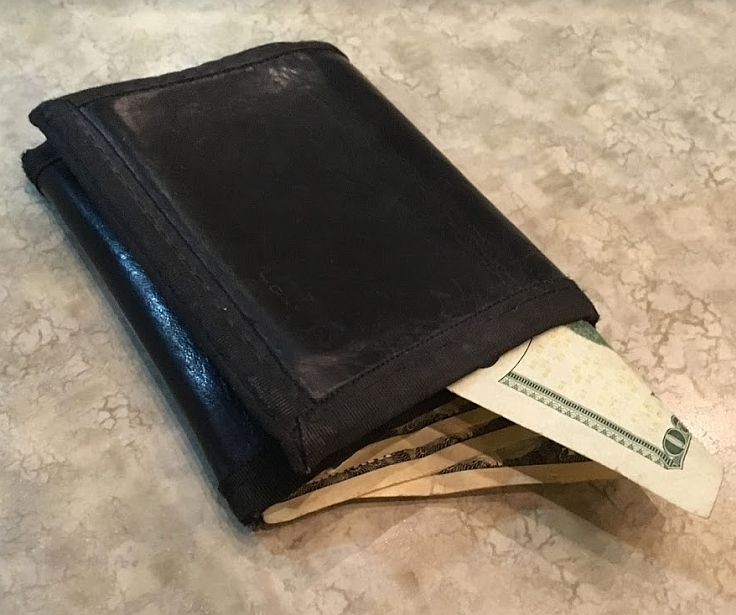
What's For Dinner?
Make dinner time, family time!
Article – Teaching Children About Money : Your Kids vs. Your Wallet

What's For Dinner?
Make dinner time, family time!
Article – Teaching Children About Money : Your Kids vs. Your Wallet


– Chemain Evans
How many times have you wondered whether your children think money does indeed grow on trees?
Share It!

Teaching Children About Money : Your Kids vs. Your Wallet
Subscribe to our free weekly newsletter
How many times have you wondered whether your children think money does indeed grow on trees? It probably seems like every time you turn around your wallet is being attacked by the "gimme's". If you honestly examine your spending habits (and those of your kids), you may realize that you have not given them any reason believe that you don't have a money tree.
In truth, we all want things and kids are no different. How easy it is to whip out the credit card(s) and instantly gratify our desires. What message are we sending our kids?
What follows is a collection of ideas about how we can instill in our children a better understanding of money and how it works.
Establish a Savings Account and a Plan
Every child should have his own savings account even if it is just a piggy bank. Whether your child receives an allowance or works a job, establishing a savings plan is a must. Encourage your child to donate a certain amount to charity (to help them develop a lifelong habit of helping others). Then establish a certain percentage for long-term savings (such as college) and short-term savings (such as clothes, toys, etc.).
Saving for both long- and short-term goals will build a child's confidence in her ability to save and helps her learn delayed gratification. And, once the savings goal has been met, she may even discover that the money would be better spent for something else.
Finally, allot a small percentage for discretionary spending. You might find that the following percentages work well: 10% charity, 50% long-term savings, 30% short-term savings, 10% spending. Find a balance that works well for you.
Hold a Bill-Paying Night
This is a great activity to show your school-age children where your money goes. You might even learn a bit yourself.
First, assemble a list of your monthly and/or weekly expenses and their amounts. The amounts don't have to be exact. Write the expenses and their amounts on separate slips of paper. Then, add up your monthly income and use pretend money (Monopoly® money or make your own) to represent the amount.
Next, take the expense slips and give them to your children. Have them come to you and "collect their bill" one expense at a time. This is an excellent visual representation of how quickly the paychecks get depleted!
Afterward, discuss ways you can cut your spending to help stretch the paychecks for things that are really important. You might be really surprised at your children's input.
Teaching Children About Money : Your Kids vs. Your Wallet - Page 2